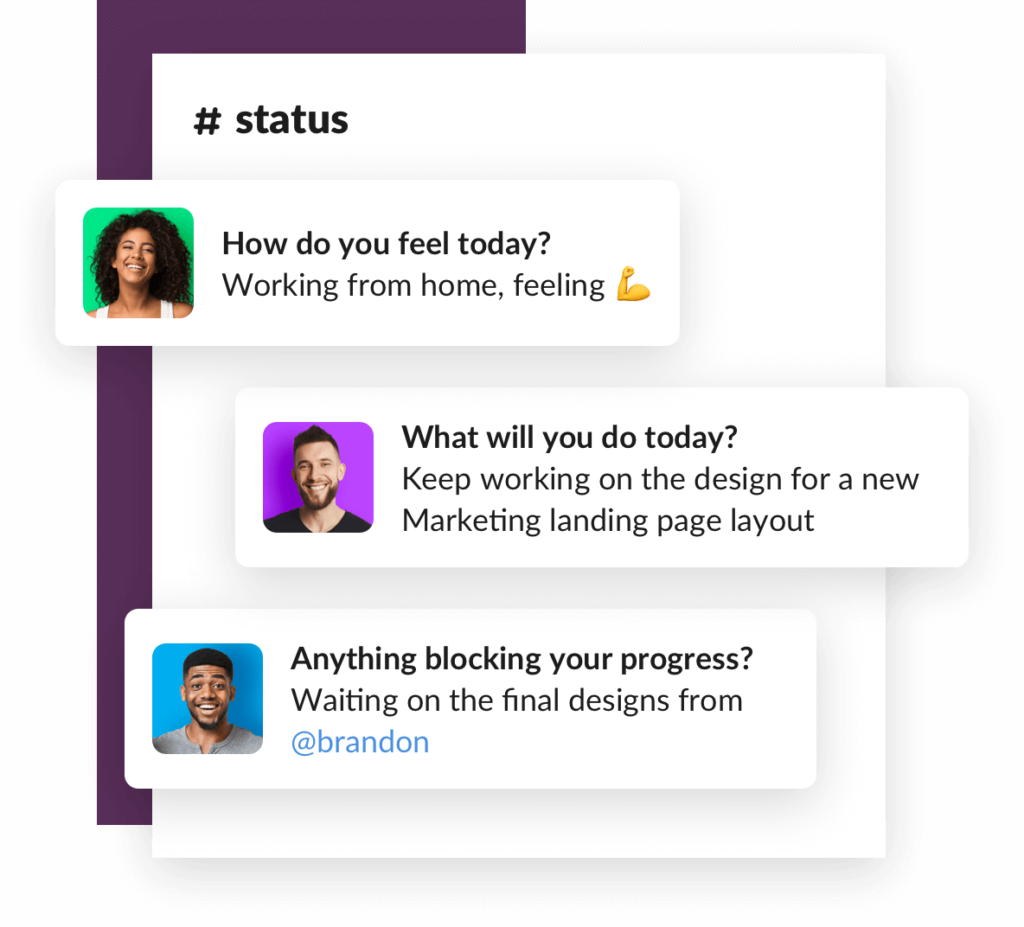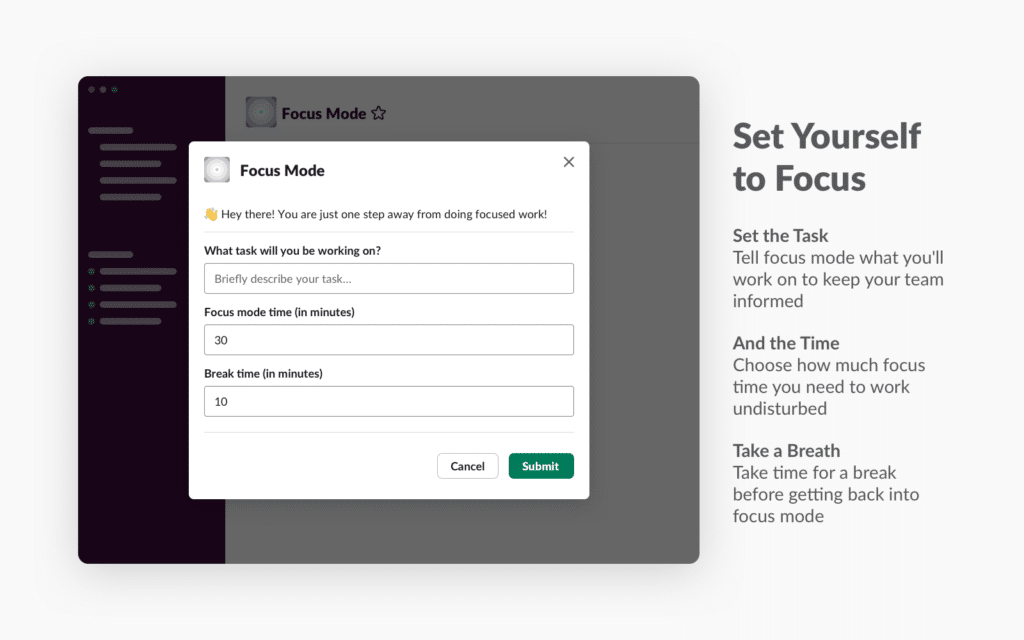A privilege that used to only belong to millennial bloggers and vloggers, remote working is now firmly opening up to a wider range of industries and types of work. More and more remote workers are relishing the chance to lead more flexible lives, work more productively, and learn new tools, technology, and techniques while they’re at it.
But it’s not all plain sailing. And it’s certainly not as simple as just taking everything from your office desk home. Along with the now 56% of companies open to the idea come many remote work challenges that impact our mental, physical, and emotional wellbeing.
Luckily though, if you do decide to start working remotely, there are plenty of ways to overcome each of these working from home challenges, and soon you’ll be starting to see the benefits of the remote based lifestyle.
You Can’t Just Lift and Shift from Office to Remote Company
Some of the biggest names out there, like Twitter, Facebook, and Coinbase, have announced that their employees are now permanent telecommuters. But it takes more than just deciding to make the switch. One of the common challenges of working remotely is to think that everything can or should stay the same. In fact, it’s the complete opposite.
Right now you might use the office wall space for team brainstorming or do a monthly show and tell demo with the whole department in one room. You may be the kind of person who prefers to get up and chat to your colleagues in person rather than relying on instant messenger tools like Slack or Skype.
These are just some of the (more) obvious ways of working that clearly can’t continue like for like when remote employees work from home. So the best piece of remote work challenges advice is to essentially start from scratch: Treat it like you have a new team, or like you’re starting a new job at a new company.
If you are the leader or manager of that team, it may fall to you to bring some structure to the way you address remote employees concerns, and decide on new ways of working that will make it easier for everyone.
Have fundamental discussions about your future working agreements, what meetings you will need to have and when, how you will document, share and collaborate, what will be expected of each telecommuter etc…
It’s important to settle these topics before you make the switch. But the golden rule here is: Do not assume that working life will just carry on the same.
Communication Problems with Working from Home
Two key working from home issues tend to pop up quite quickly. And they’re both related to communication. One is that everybody stops communicating. The other is that people communicate too much.
You might currently pass someone in the corridor and take that as your chance to share a quick update or ask a question. But you will need to be much more proactive and structured about communicating if you decide to start working remotely.
But don’t take it to the other extreme, either. Nobody wants a status update Slack message every half an hour, or a daily 15-minute call that drags on for an hour each time because everyone struggles to connect, hear each other, and get their screen sharing to work.
One hassle-free approach to overcoming these kinds of working challenges is to run daily standup meetings asynchronously using Geekbot on top of your Slack application. This way, team members can receive clear and efficient updates at a time that suits them, even if they’re in another timezone.

But these working from home problems aren’t just about inefficient meetings. One of the things you will miss about an office when you start working remotely is that there is no longer a whole bunch of people you can grab a coffee with whenever you need to let off steam. Likewise, it’s easier to see from people’s facial expressions and body language when they’re not having a good day.
Using Geekbot’s Well-Being Presets can help you when overcoming challenges of working remotely, by giving you an easy, unintrusive way to ask how your team is doing, and likewise giving them a much less awkward way to say that something’s up.
You might find that working from home can also get extremely lonely, especially if you live alone. Our use of technology might have skyrocketed but we’re still humans and, as Gitlab experienced conducting the Check-In Process Asynchronously Through Slack and Geekbot, we still need team camaraderie.
There’s no reason we can’t overcome this remote working challenge.
If you’re leading a team, use Geekbot to throw the question out to them: How about a Monday morning coffee break to share what we did at the weekend? Or a Friday evening pub quiz to boost some healthy team competition?
Whatever you ask, just remember that your home becoming your office doesn’t mean there’s no room for fun or human interactions anymore.

Working from Home Challenges us to Prove Something
Handling common challenges of working remotely is about losing the stigma. What stigma, you might ask?
Well, remember a time when a colleague asked to work from home, and the rest of the team wondered if they were actually working? What do you do when it’s you working from home one day when you need to be in for a delivery? How do you prove you’re working?
That’s right. You work harder, longer, and take fewer breaks. So when a whole company moves to working remotely, the pressure goes up exponentially.
Studies have shown that when you work from home, you work longer hours. Firstly, because we feel we have to prove that we can still be productive, and secondly because it’s just harder to know when to stop. Keeping a good work-life balance is the easier of the two working from home issues to fix.
In the office, you know when it’s time to go home – if you look around and only see the cleaning staff or night porter, it’s probably time to pack up. But when you’re home alone, that trigger is missing. So you need to create it yourself.
You can let your creativity go wild here, but here are just a few ideas of how to do overcome this, one of the most common challenges of working remotely:
- Wear something smarter than normal when you’re working, and change into something more casual when your working day has ended. It can just be shoes! Just the act of kicking off your shoes at the end of the day can be enough to trigger your brain into knowing that you’re not working anymore.
- Take a walk around the block, to the shop, call in on a neighbor, etc. at the start and end of each day. This will essentially replace your commute which is the time you use to both get your brain into working gear, and decompress at the end of each day.
- Crack open a beer at 5 o’clock on a Friday. Toast the success of the week. Find something to celebrate that will get you ready for the weekend.
However, even with all these creative props and triggers in place, it ultimately comes down to mindset.
If you decide to make the switch to remote working, it’s time to think seriously about not replying to Slack messages or emails in the evening. You do not suddenly have to work 24/7 just because your home has turned into your office.
Working from Home Challenges our Productivity
Not only is being “always on” not great for your mental wellbeing, it also plays havoc with your productivity.
You might be tempted to have Slack, Skype and Microsoft Teams running at the same time with the green ‘available/online’ icon flashing proudly, but when everyone starts messaging at the same time, you will get distracted. Before you know it, you’ll have spent the whole day replying to messages that are not necessarily urgent instead of working on the task you planned to do.
Rather than just switching yourself to “away”, you can try out Geekbot’s focus mode. This allows you to tell your colleagues what it is you’re doing, and how long for, encouraging them to respect your work and desire to be productive, one of the biggest challenges at work.

It’s also a lot easier to allow interruptions at home to take you away from your focus.
Working in focus mode iterations of, say, 30 minutes, or using a pomodoro timer are just two ways to overcome the common challenges of working remotely and stay effective and productive.
The Remote Based Lifestyle Doesn’t Keep us Moving
Probably the number one challenge of working remotely is about physical exercise. You might not notice it in your first weeks or months even, but research shows that over time all this sitting down starts to have serious effects on our health.
You might be thinking: I was never into sport, so this won’t affect me. But it’s not about whether or not you play football with your workmates. Just walking to your car or bus/train station, then moving around the office to get coffee, paper from the printer, or to go meetings on another floor all contributes to a better level of fitness than sitting for eight hours a day and not moving further than the five meters from your desk to the bathroom.
Lack of exercise, not to mention fresh air, leads to poor quality sleep, which in turn leads to an unproductive and lethargic working day. It’s a vicious circle and the only way to break it is to schedule some activity. The good news is that working remotely gives us more opportunity to do this than before.
Rather than sitting stuck in a traffic jam for an hour, you can reinvest that time in joining a sports activity near your home. You might even make friends with your neighbors while you’re at it. You’ll be able to take a run at 11am, or do some yoga stretches while you dial into a presentation.
It’s all about getting creative and spotting 10 minutes here and 10 minutes there where you can add in a bit of movement.
And another small tip?
Use a small glass for water so that you have to get up to refill it several times a day.
Time to Rethink your Remote Based Lifestyle
While there are small, everyday adjustments you can make to ensure you’re overcoming remote work challenges, sometimes it’s about looking at the bigger picture. Working remotely is full of challenges but if you look at what might be at the root of those challenges, you might actually find that becoming one of the growing number of remote workers is also the solution.
Let’s say you chose your house or apartment based on a need to commute to a certain office location. It wasn’t the ideal house – you wanted more space and a garden. But it was the right choice given that you spend at least a third of your day elsewhere.
One of the common challenges of working remotely is that it’s really tough if you don’t have a separate office space, or you don’t have somewhere outside to sit and eat your lunch on a sunny day. Well, this might be a reason to rethink whether this is still the right place to live.
If you don’t have any other commitments, perhaps you’ll consider moving to a different location – when you’re working remotely; you can do that. But what if you have kids that you can’t take out of their local school, and that are going to create interruptions at home for you when they’re back at 3pm?
It might be the push you needed to clear out the junk room and turn it into a proper office space to suit your new remote based lifestyle. In fact, saving on your commute and making lunch at home every day means that the cost benefits of working remotely free up some extra cash to make home improvements.
If you live alone, you might decide it’s time to get a housemate. Or a dog or a cat, now that you’re in all day. Or thinking even bigger, a lot of people have been waiting for the opportunity to work from home, running their own business.
Likewise, it might be time to consider switching to another remote company. You might have your eye on working for a business based on the other side of the world, but never thought it would work before. There are now more remote jobs being posted than ever before.
And with tools like Geekbot making the running of remote meetings simple, quick, and asynchronous, timezone concerns are a thing of the past. So once you’ve realized that the challenges of a new remote based lifestyle can be easily overcome, it’s time to wonder what you’re waiting for.
Working remotely is not just about coping with the challenges or dealing with the concerns, but about getting more out of what makes you happy – be it your home, the people around you, starting your own business, or changing career path.
With the right tools and techniques in place, you won’t have to dwell on the working from home challenges, but instead embrace the opportunities that working remotely will give you.
Frequently asked questions
What are the advantages of working remotely?
The most obvious advantages of working remotely include time and energy saved on a daily commute, the absence of office distractions, and the flexibility of working from any location and often time zone. Other, more subtle benefits include increased productivity, improved work satisfaction, and overall increased employee happiness.
What are the pros and cons of working remotely?
The pros of working remotely are flexibility, happiness, and, in general, more freedom, and increased energy as remote workers save much time on the commute. Simultaneously, there are cons as well: inexperienced remote workers struggle to find work-life balance, remote workers are subject to social isolation as they have to apply additional effort to socialize outside of work.
How companies benefit when employees work remotely?
Companies benefit greatly from hiring a remote workforce. Typical benefits include spending fewer resources on renting office space and equipment, hiring diverse talent from all over the world, the ability to operate outside typical office hours, a more productive and effective workforce, and improved employee retention. Remote employees even take fewer sick days!



